Sound reinforcement systems in commercial facilities: creating the right sound step by step


In this first-part article series dedicated to the world of installation, we will share useful information for those who are faced with the choice - and the expense - of setting up an audio system for professional use.
What are we going to cover in these three articles?
We will focus on three scenarios that are certainly among the most common and that we believe will be of great interest in the near future.
Basically, the division will be made in consideration of the environment under examination and in particular how:
- commercial environments, such as shops, beauty salons, shopping centres
- installations in recreational places (bars, lounge areas, pubs, etc...)
- conference (meeting and conference rooms).
Each of these spaces just listed, although they have similarities, must optimise dissemination according to specific requests and needs, which do not always coincide, but a series of evaluations - which we will share with you free of charge - will certainly give you an advantage in your choice. Let's go in order...
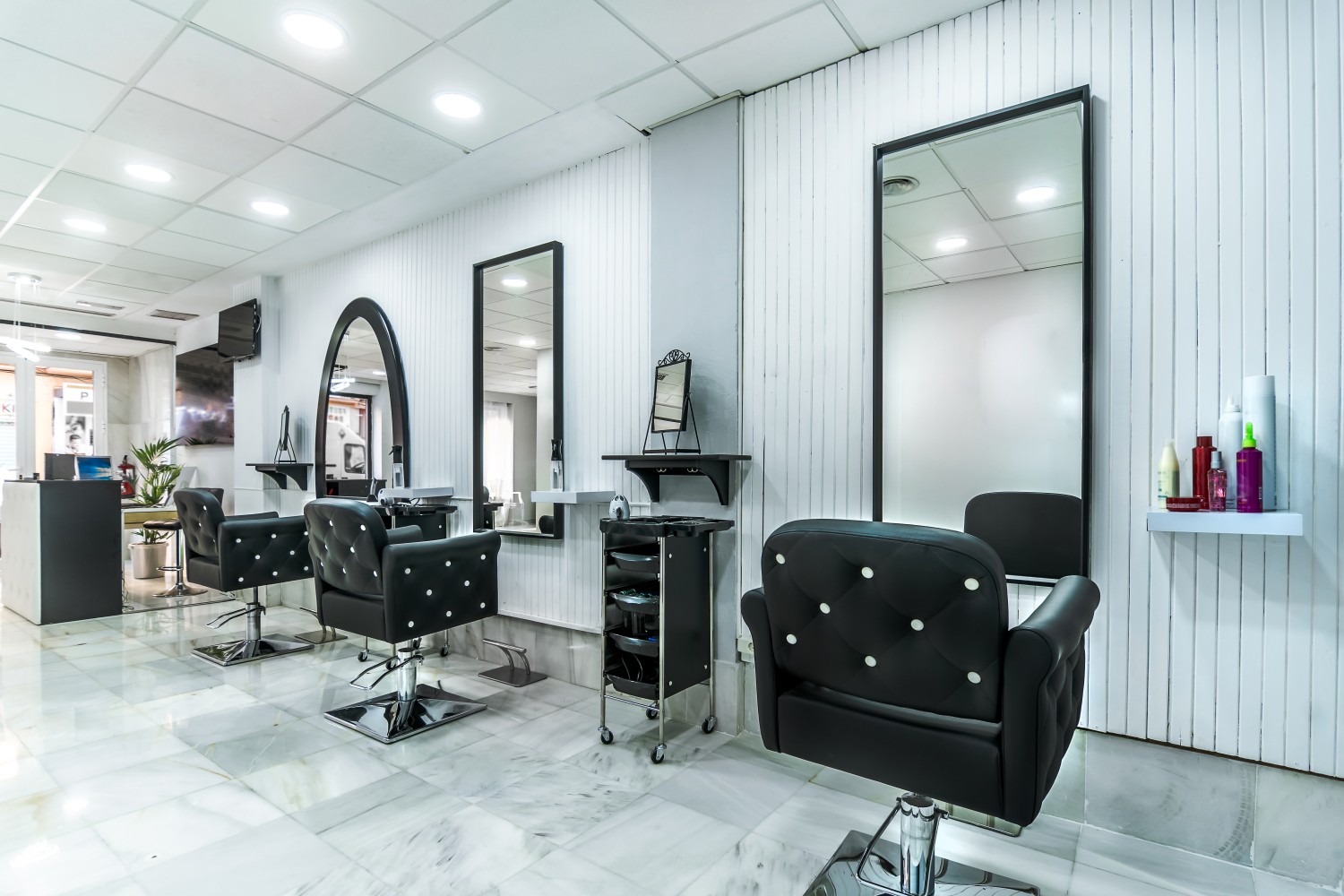
PUBLIC ADDRESS SYSTEMS
The Anglo-Saxon world has indicated these systems as "public address", making clear reference to an audio system dedicated to the public, whatever it may be.
But what are the characteristics that such a system must have and why is it substantially different from a sound system dedicated to the world of concerts or live music?
Let's get to the heart of the matter and start by going over the first answers to the likely questions....
A PA (Public Address) sound diffusion system is an electronic system that includes various devices such as microphones, amplifiers and loudspeakers and that is installed with the aim of diffusing a musical programme or amplifying the volume of a human voice, a musical instrument or any other sound source that needs to be heard clearly by the public.
At this point, linking directly to this description, we ask you to pay immediate attention to the actual role that PA systems have to play.
A public address system is basically used to broadcast at least three types of sound message:
- generic information messages
- safety-related messages (in synergy with EVAC evacuation systems).
- playing background music
In addition, one of the most important characteristics - and one that is insistently requested by designers and architects - is that these systems are hidden, simply "out of sight" and, for this very reason, loudspeakers called recessed speakers are just as often used, which are installed in the false ceilings of rooms and in plasterboard walls or in non-invasive positions.
For the same reason, cables, wiring, amplifiers and other equipment, often relegated to hidden places and accessible only to professionals, should never, ever be seen.
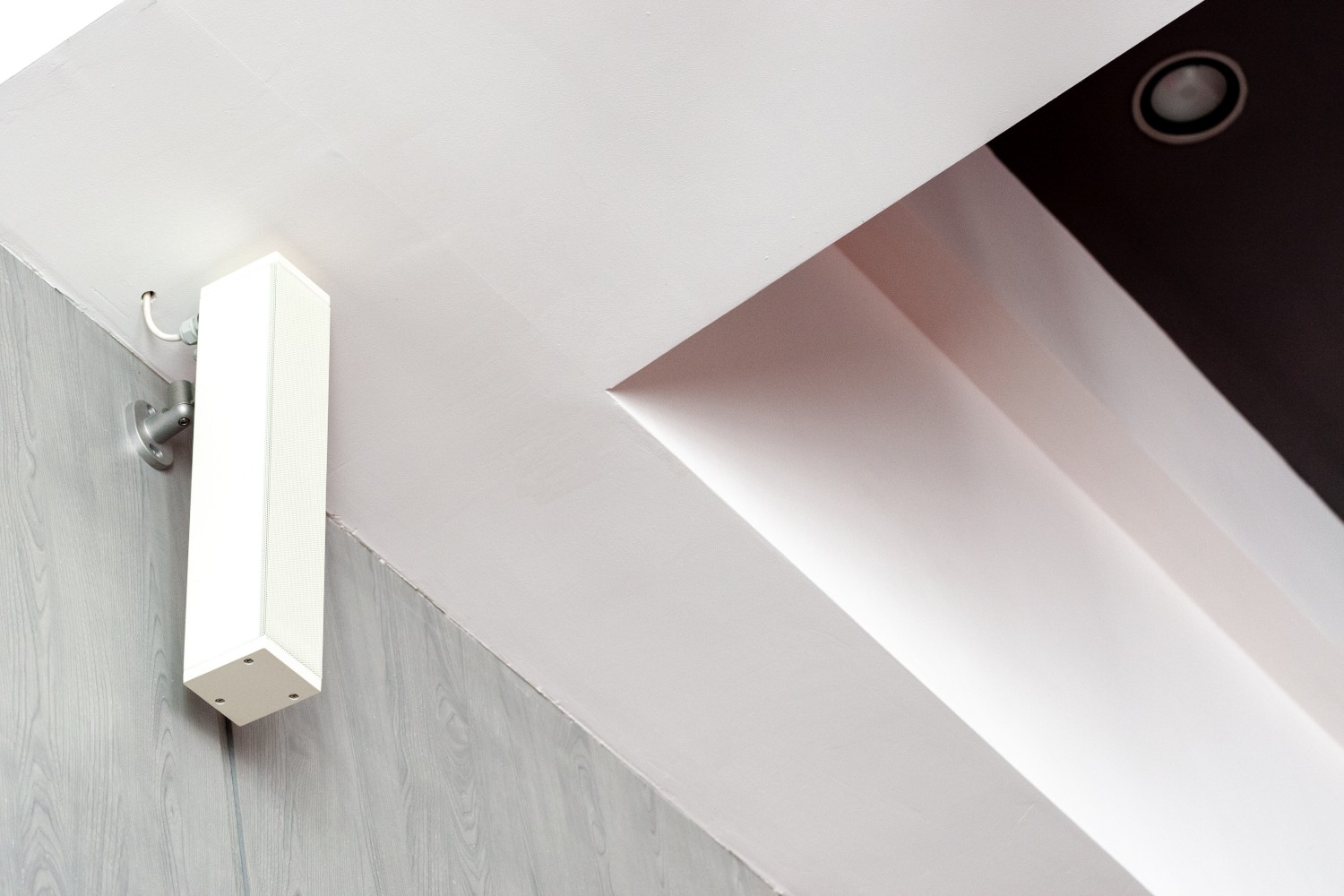
COMMERCIAL FACILITIES
Audio systems installed in shops, beauty salons, and similar, have the purpose of entertain people and make more comfortable the stay.
It has been proved that music diffusion can sensibly influence the choices of the customer that, even if unconsciously, pays always attention to the music program.
We could then assume that the main requisites for this kind of environments are:
- Quality sound, rich and powerful enough and more importantly, well balanced throughout the sonic spectrum.
- Perfect integration with the environment.
- Maximum ease of use.
Let’s start from point “1”, the one we prefer and that, sadly, too often is given for granted.
How many times you stumbled upon “cracking” speakers, visibly in trouble, undersized, or even a sound well too rich in low frequencies, resulting confused and annoying?
Im agine how this low quality can result unpleasant to the public or even dangerous ofr the staff of the shop.
In this case the number of the speakers in relation to the area of the facility and the positioning of the subwoofer are essential. Let’s remember that the sound of a system is also made by the environment, made of walls, ceilings and materials that enclose the system itself.
In the same way, great importance is given to the integration of the systems in relation to the style and context in which they are installed. There are substantially two paths:
- Conceil or hide as much as possible the speakers
- Treat them as an added value and make them part of the furniture
The most common technique used until now has been that of hiding the speakers, therefore bypassing the problem of the aesthetics.
In the last few years though, especially in some more fashion oriented contexts, speakers have become part of the scenery, adding value in terms of style and design.
In this case it is also very important that the speakers are well built, with extreme care for shapes and colors. And the products on the marker, deal with it, are not all the same.
Concerning point “3” – ease of use – it i salso important how this aspect is to be taken in consideration.
In the end, those that will use the system have little to no interest in the technology behind the scenes and, in the majority of the cases, it’s best for them not knowing.
“Few functional controls”, that’s what the end user needs. It is the job of the contractor and the project manager to cope with the setup and alignment of the system, leaving to the user just a couple of controls: volume, source selection, microphone mute and, in exceptional cases, some limited EQ.
In more complicated installations, wall mounted touch panels can be used, showing these few controls.
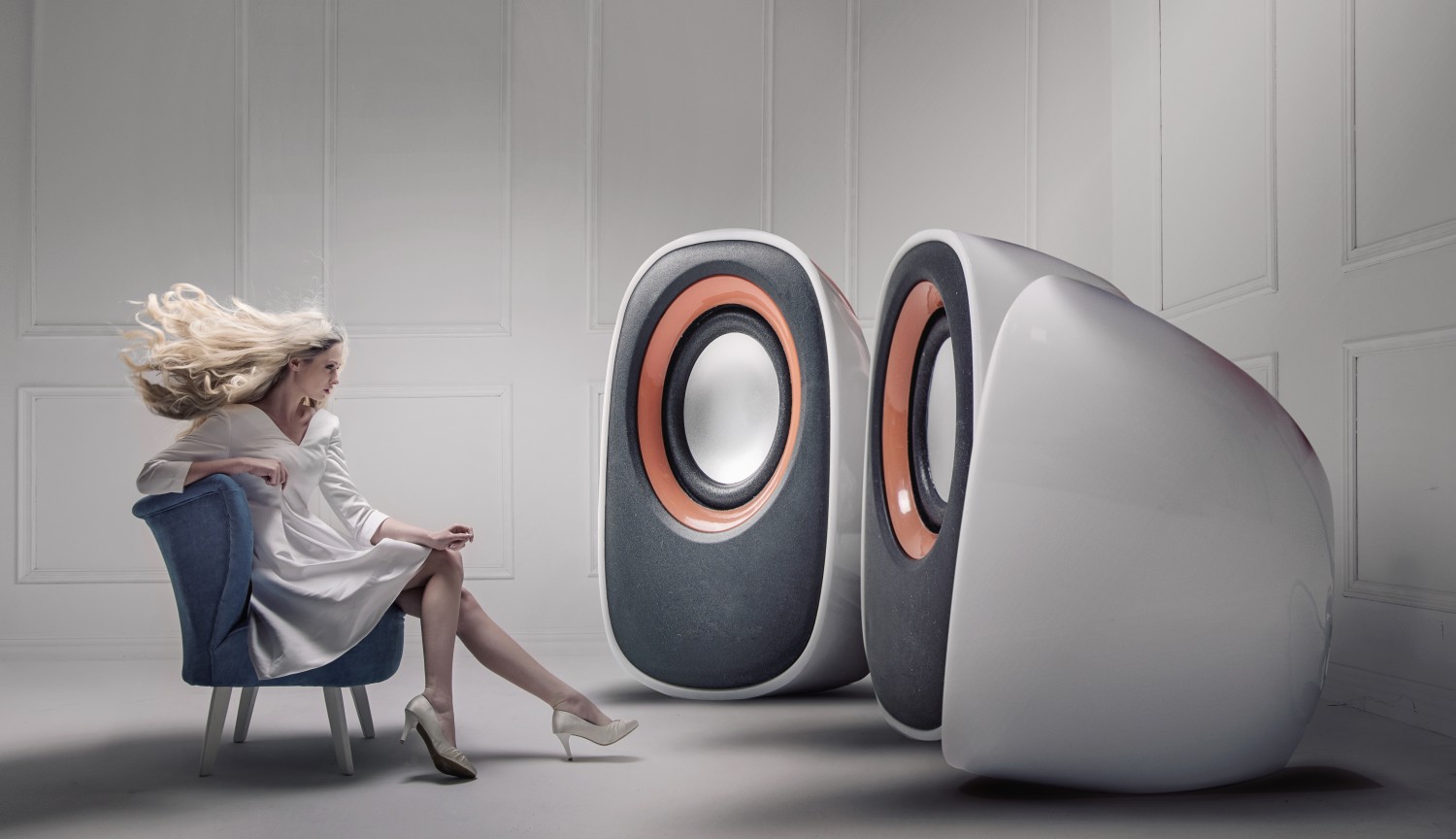
PROJECT AND INSTALLATION
When starting a project from scratch a sound system in a closed environment – let’s take the case of the shop – first of all we must consider the volumes and dimensions of the location and, if possible, get a CAD drawing to be used in addition to an acoustic prediction software.
The choice of the number and positioning of the speakers must be made following specific criteria, so that the entire area is washed coherently, and with adequate pressure. La scelta del numero e del posizionamento dei diffusori acustici deve infatti essere fatta con un criterio ben preciso ed in modo che tutta l’area venga sonorizzata coerentemente, in maniera omogenea e con una pressione adeguata. How do i get the right positioning and distancing of the speakers?
Usually the number an positioning of the speakers are dictated by the radial dispersion of the speakers themselves, in addition to the effective number.
The more a source has a wide dispersion, the easier it will be to cover larger areas. The direct consequence is that you’ll probably need less speakers. So far so good, you’d say, and in some cases it is better to have “wider” speakers.
However, speakers with wider dispersion on a large acoustic spectrum, tend to be less efficient in terms of acoustic accuracy and precision in relation to those with a narrower coverage. So it is once again important to well understand what you need in relation to result we want to achieve.
Another important aspect is the interaction between the speakers. In this case we’re dealing with one of the most fierce laws of acoustic physics, telling that if two speakers interfere in phase with each other, you could encounter masking phenomena (comb filtering) or unwanted amplifications in a certain range of frequency.
Your acoustic prediction software will help in this case, predicting on paper (on screen actually) these inconveniencies.
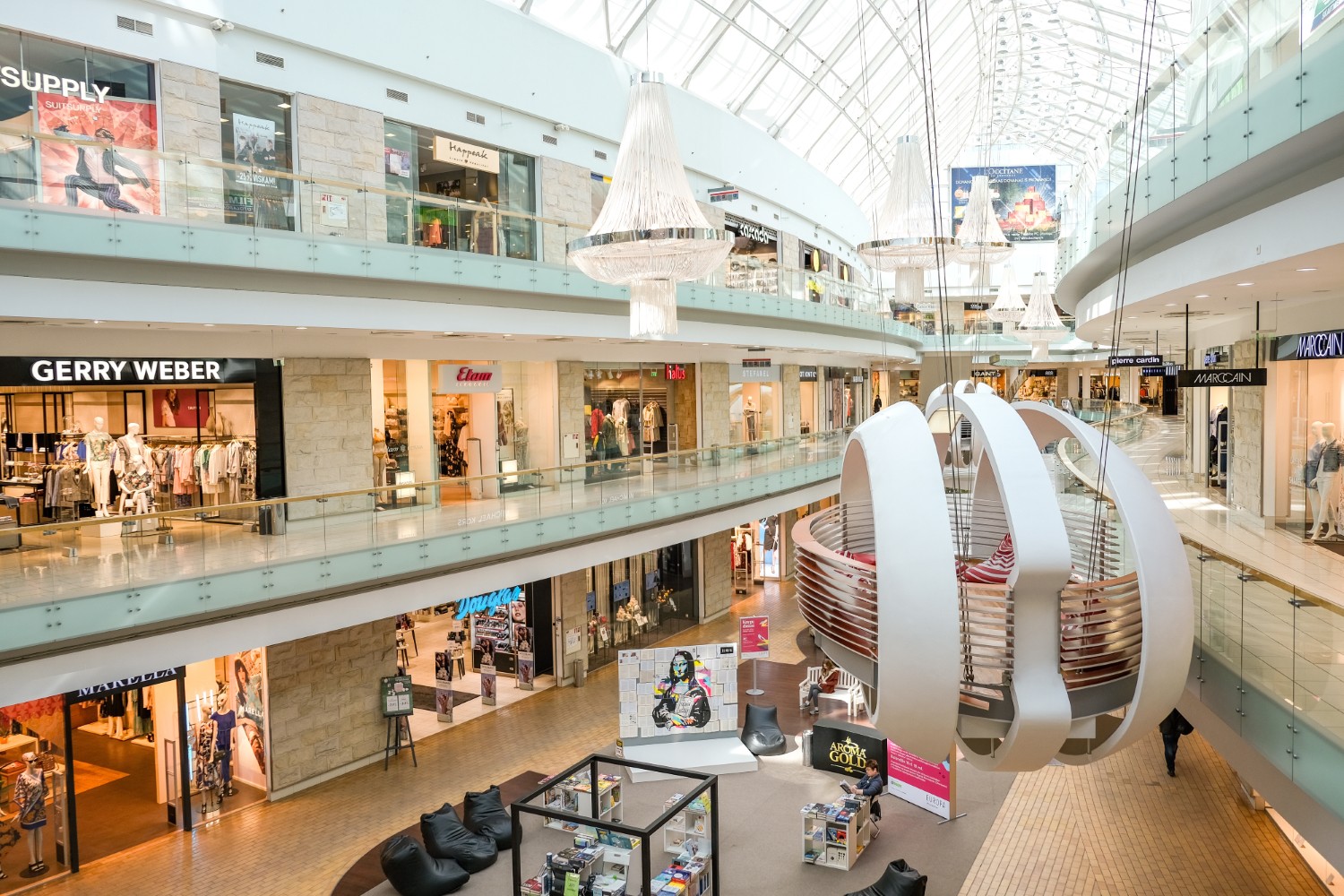
ACOUSTIC COMFORT
In some situations more than other, when we project a sound reinforcement system for commercial facilities, what we need to pay the most attention to is acoustic comfort. The purpose is ofter that of entertain customers and public, respecting at the same time the commercial dynamics of the shop or centre.
This means that the sound must never be:
- annoying
- prevaricative, bothering the active interaction between people
- disturbed (distorted, intermittent,…)
Acoustic comfort is defined as a condition of psychosomatic wellness in relation to the place and the activity happening in it, and this definition is described by the three aspects above elencated.
One of the worst enemies of acoustic comfort is for sure reverberation. Reverberation is the acoustic decay when a source is turned off and the sound bounces on the surfaces of the room. Reflection control is possible by calculating the time of reverberation , RT60, defined as the time taken by an impulsive noise to decat 60dB.
The formula is RT60 = k*(V/Sa), where k is constant = 0.161 if the unit used is the metre, and 0.049 if expressed in feet. “Sa” is the total coefficient of acoustic absoption expressed in Sabine and it’s the sum of the surfaces of the room times the coefficient of acoustic absorption. To obtain it there are many methods, the most common is the frequency “sweep”.
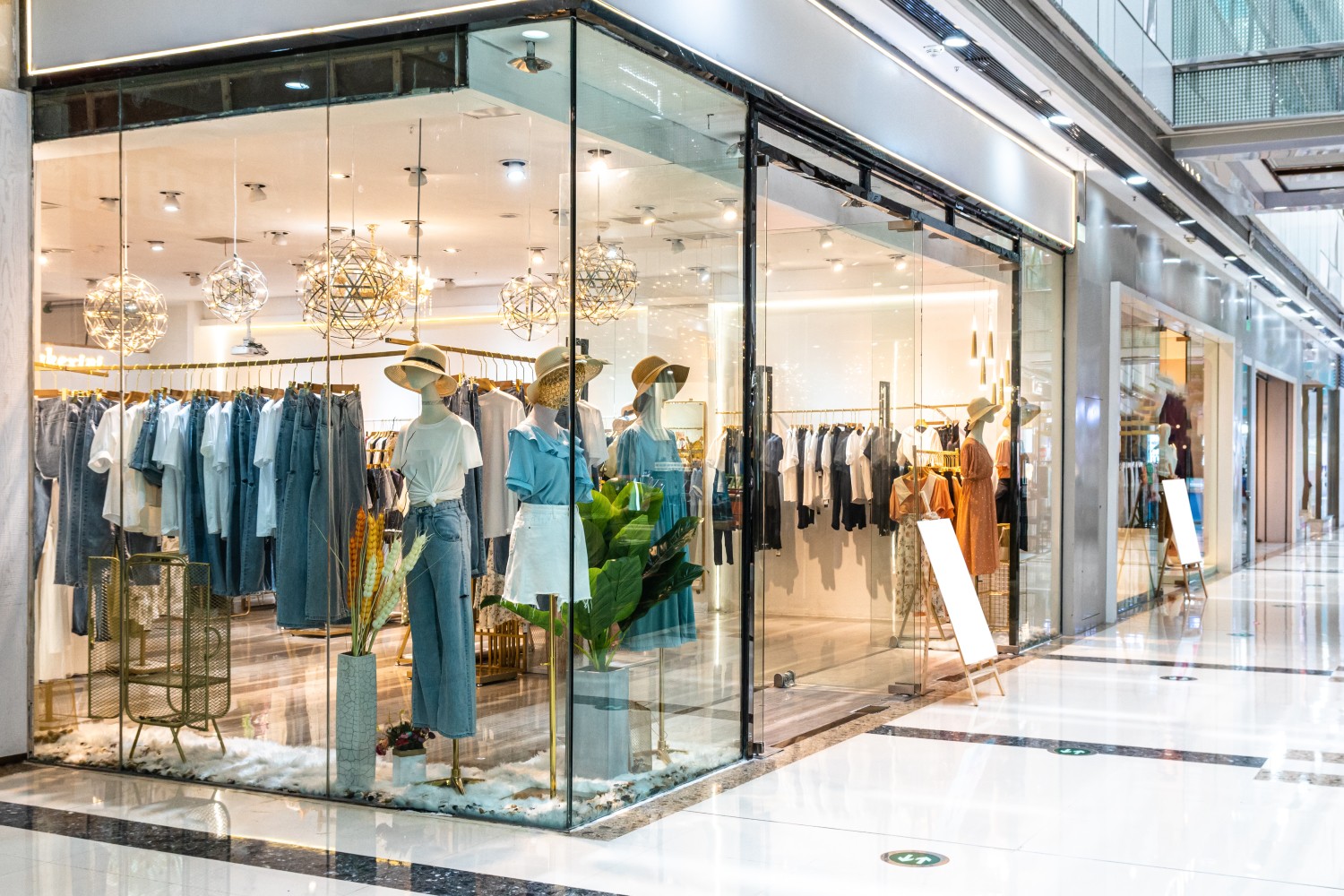
CONCLUSIONS
As you may have understood from this first article, making an installation to deliver a music program in a commercial facility doesn’t mean placing randomly speakers and subs.
The acoustic installation, in this case, differs from the usual listening situation like, for example, a home stereo where the listener is still in one place. In a commercial activity people move, interact with the environment and the staff, and at every moment must feel welcome and cuddled by the music, without being bothered and annoyed by it.
To give the right value to your money and achieve concrete and long lasting results, you need to rely on professionals that proceed with the following steps:
- acoustic analysis of the venue
- choice and placement of the speakers
- reverberation and environment EW analysis
- setup and acoustic corrections
- certification release (almost always necessary)
Based on our experience of indoor/outdoor design and installation, we have tried to give our contribution on a subject that we believe will be increasingly central in the years to come.
We would like to remind you that the Helvia catalogue has a wide range of professional solutions dedicated to the world of installation, and that our team of specialists can take charge of all phases of the work, from inspection to analysis, right up to the actual installation.
Contact us now: info@helviasystem.com
Provided by Encore Agency

